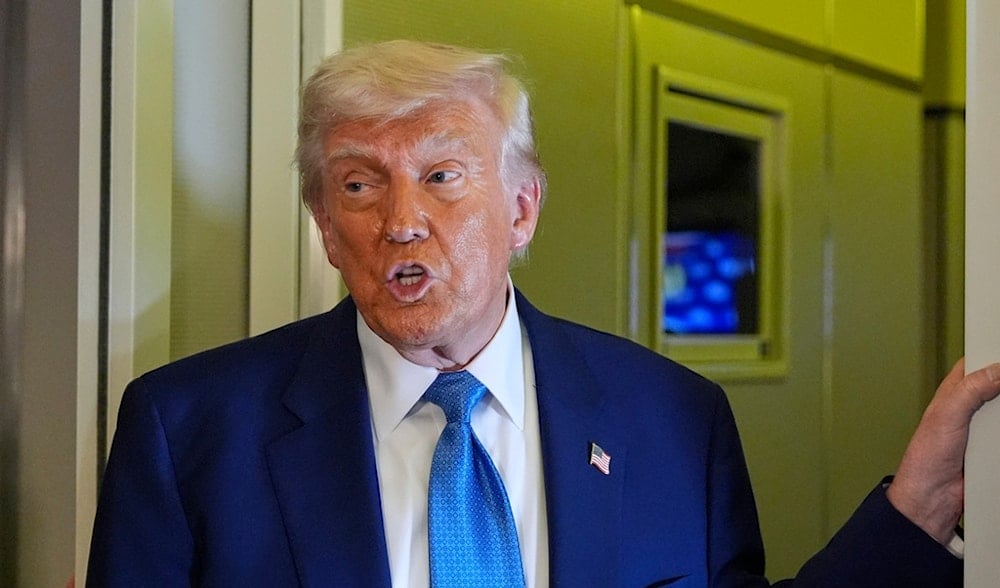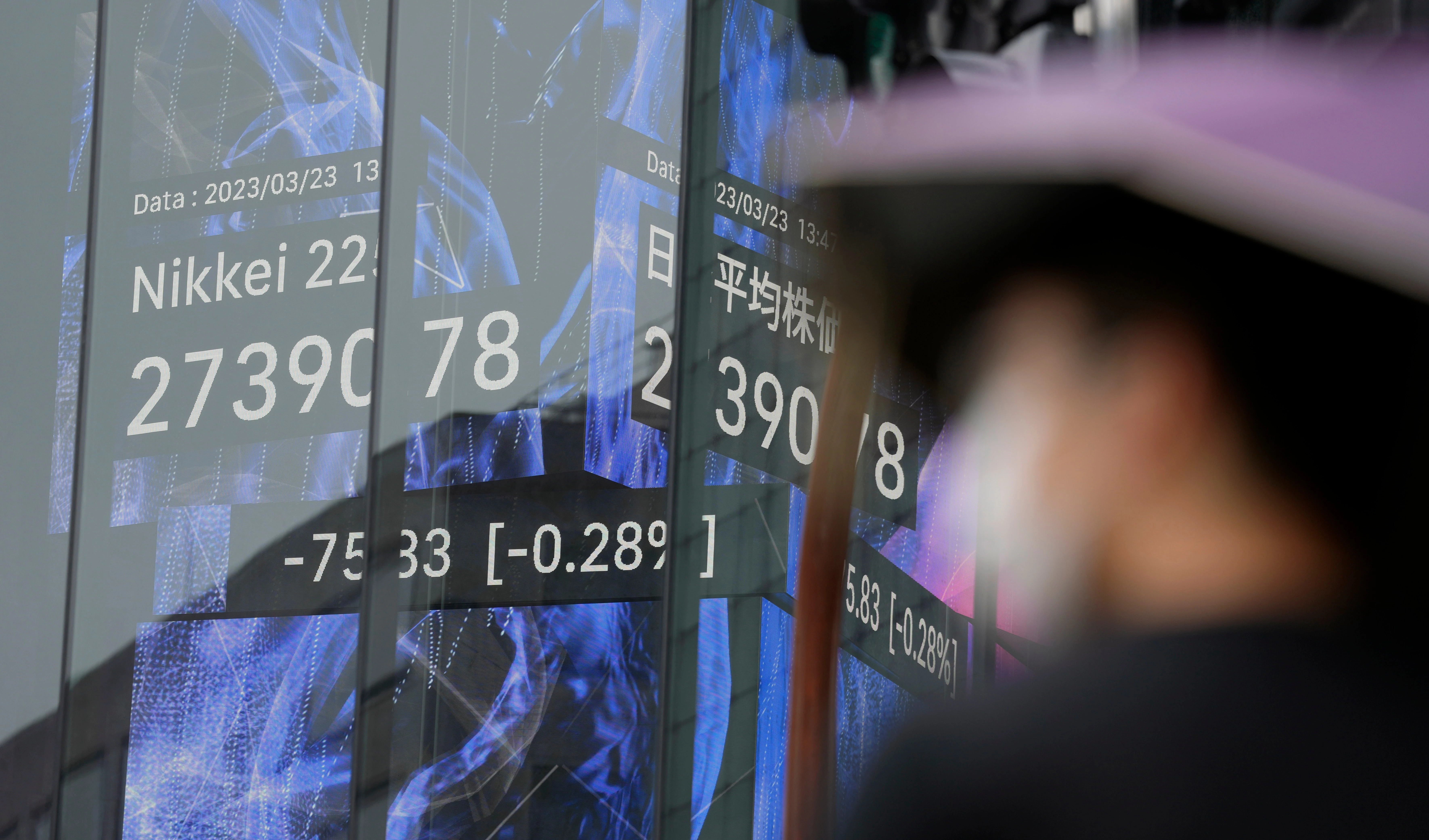Trump signals new US tariffs, warns trading partners of imminent hikes
Trump has announced plans to impose new tariffs within weeks, signaling a shift toward unilateral trade actions.
-

President Donald Trump speaks on Air Force One at Abu Dhabi International Airport before departing, Friday, May 16, 2025, in Abu Dhabi, United Arab Emirates. (AP)
US President Donald Trump announced on Friday that the United States will impose new tariffs on a wide range of trading partners in the coming weeks, moving toward unilateral trade actions rather than negotiating individual agreements.
Speaking at a business meeting in the United Arab Emirates, Trump stated that new tariff rates would be applied “over the next two to three weeks.”
Trump emphasized that although 150 countries have expressed interest in striking trade deals, “it’s not possible to meet the number of people that want to see us.” He indicated that the US will instead proceed by informing trading partners of the terms they will face if they wish to do business in the country.
Treasury and Commerce to notify trade partners
The US president revealed that Treasury Secretary Scott Bessent and Commerce Secretary Howard Lutnick would be tasked with delivering these updates. According to Trump, the two officials will “be sending letters out essentially telling people” the new tariff rates they’ll be required to pay.
This move reflects a shift in US trade policy in 2025, suggesting a more assertive, top-down approach that places pressure on trading partners to comply with Washington's terms without lengthy negotiations.
Existing tariff agreements, ongoing negotiations
Despite the new policy direction, the administration has made temporary concessions in some areas. Many of the tariffs Trump initially announced on “Liberation Day” on April 2 have been scaled back to 10 percent for a 90-day grace period.
Most recently, the United States and China sharply reduced tariffs on each other’s goods for a 90-day period, marking a significant pause in the bruising trade war that has rattled global markets and supply chains.
The temporary deal was reached during high-stakes negotiations over the weekend in Geneva and took effect just after midnight Wednesday, Washington time.
Under the agreement, the US lowered tariffs on Chinese goods to 30%, down from highs that had reached as much as 245%. In response, Beijing cut its tariffs to 10%, more than a 100-point reduction. These concessions mark the first major rollback since tensions escalated under US President Donald Trump, who had imposed sweeping levies as part of an effort to pressure Beijing into economic reform.

 3 Min Read
3 Min Read










